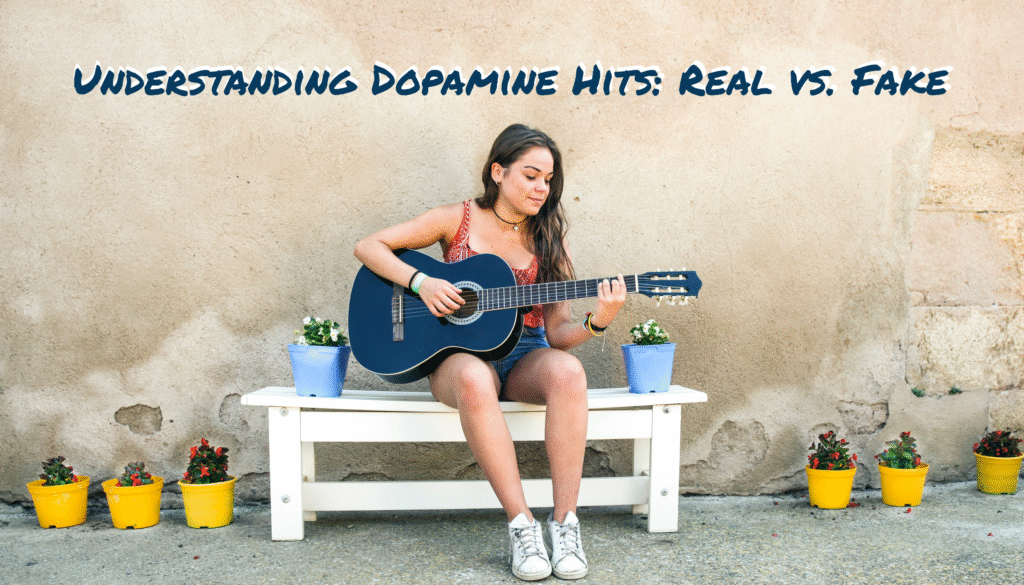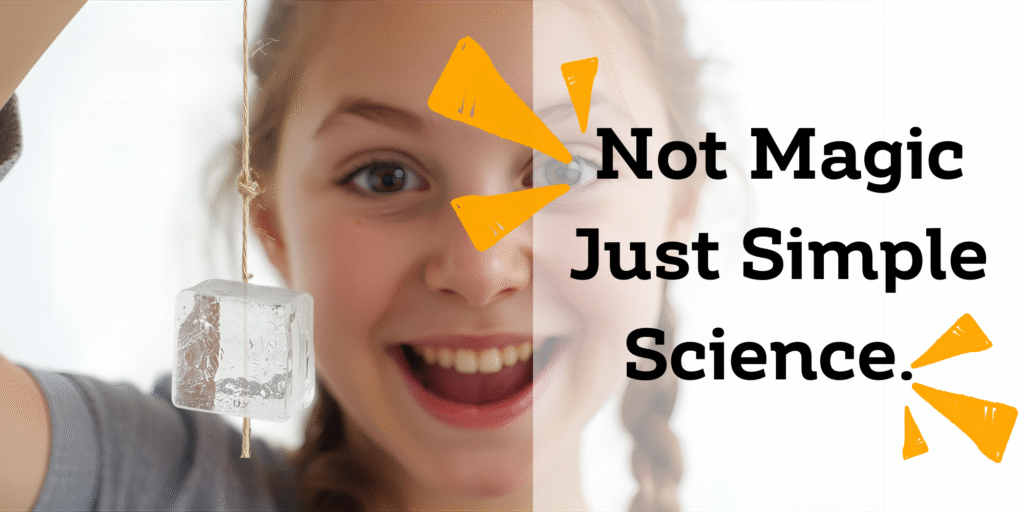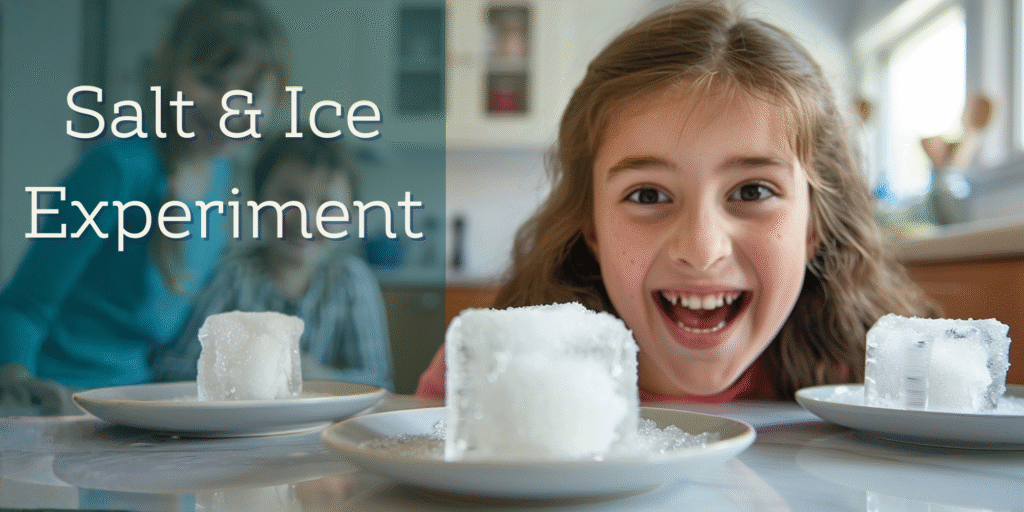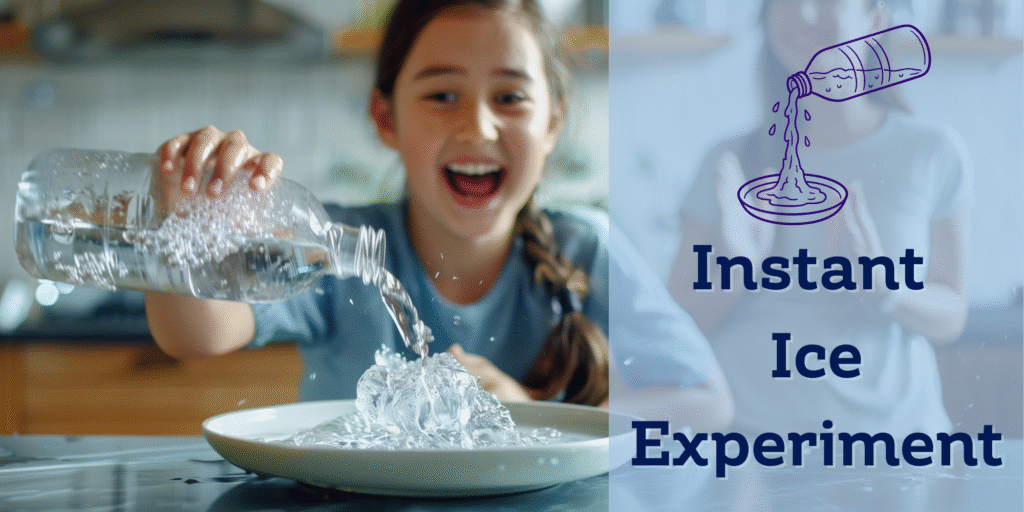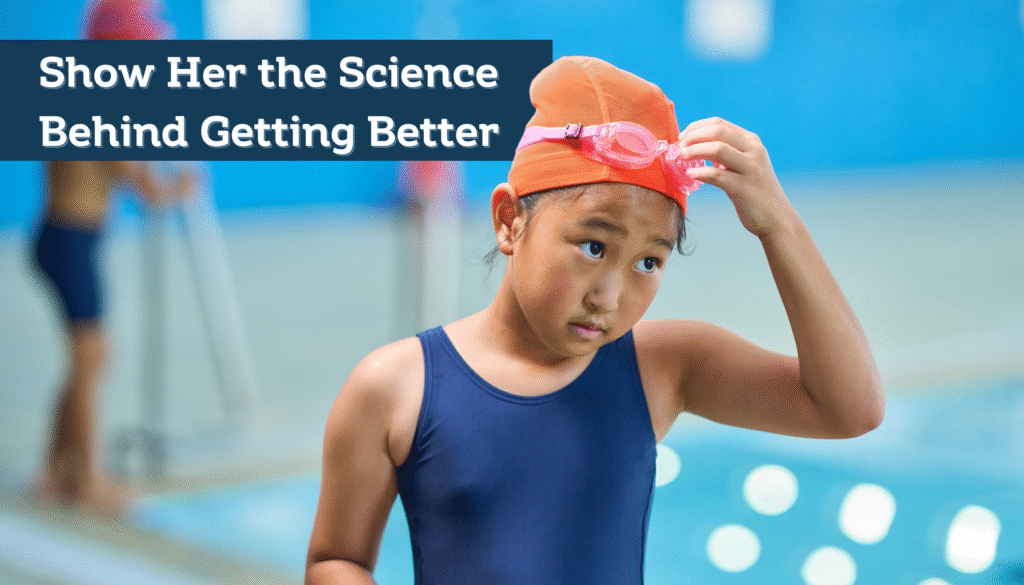The Dopamine Trap: How to Stop Your Tween from Chasing Fake Highs (Before It’s Too Late)
I saw a reel recently listing all the hardships of motherhood—mom guilt, exhaustion, overwhelm—and the comforting message at the end was something like: “You’re doing something worthwhile. You’re raising future adults who will contribute to the world.”
And my immediate, unfiltered thought was: What if my “future adults” don’t turn out to be a contribution? What if they land on the other side of society? The truth is, we see it every day—people who were once sweet little kids growing into adults who hurt others or self-destruct. And I can’t help but wonder: What if their parents thought they were doing everything right too?
Before I had kids, I’d watch a teen acting out in public and silently judge: “Where are that kid’s parents?” Now, with two boys under five and the occasional toy being launched across the room, I catch myself thinking the same thing—but this time about myself.
So, like any mom deep in the digital age, I turned to my laptop and dove headfirst into the research. And what I discovered was a huge piece of the puzzle—something every parent of a pre-teen should know. It has to do with one powerful brain chemical: dopamine.
Dopamine hits—those tiny sparks of pleasure and reward—drive a huge chunk of our kids’ behaviour, especially during the tween and teen years. And here’s the kicker: some of the things they’re chasing for that dopamine boost? They’re doing more harm than good.
But there’s good news too: when you know what’s going on in their brains, you can help steer them toward real joy—the kind that builds confidence, calm, and resilience.
Understanding Dopamine Hits: Real vs. Fake
Dopamine is the brain’s “pleasure messenger.” It drives motivation, reward, and joy. But not all hits are created equal:
- Fake hits come from instant gratification—like social media likes, binge-watching, junk food, or video games. They’re quick, intense… and fleeting.
- Real hits come from meaningful activities—like playing outside, creative projects, learning new skills, or connecting with people. These are slower to build but deliver satisfaction that lasts.
Why Aren’t Teens Able to Resist Fake Dopamine Hits?
Teen brains are biologically wired for reward—especially immediate, high-reward moments. At the same time, their impulse-control center (the prefrontal cortex) is still maturing. This “high-octane reward, low braking power” combo makes teens more likely to chase quick dopamine hits—and get hooked faster than adults.
In neuroscientific terms, a teen’s ventral striatum lights up more intensely than an adult’s in response to rewards—heightening sensitivity and vulnerability (Harvard Health, NIH).
When Fake Hits Spiral Into Real Danger
It’s important to recognize the darker edges too. Fake dopamine cycles can fuel dangerous behaviors such as:
- Addictions (gaming, screen time, sugar)
- Violent or vengeful behavior—where aggression serves as a twisted dopamine surge
- Self-harm—for emotional numbing or release
- Compulsive behavior—like stress shopping, social media validation, or stealing to feel “in control”
These are signs that quick highs are feeling like the only relief—and that’s a red flag (Journal of Adolescent Health, ScienceDirect, Frontiers in Psychiatry).
Most Teens Are Resilient—Here’s How to Help Them Stay That Way
Fortunately, most teens don’t fall into these behaviors. With your guidance, they can stay on track—and develop a deep, joyful connection to life.
Science-Backed Ways to Support Real Dopamine Hits
- Movement: A walk, dance session, or sports release dopamine while boosting mood and cognition.
- Creativity: Drawing, writing, or building something stimulates the brain’s reward system while strengthening focus.
- Connection: Positive social interactions—family board games, chatting, or shared hobbies—boost emotional well-being.
- Nature: Time outside, even 10 minutes, has measurable effects on stress reduction and dopamine regulation.
- Mastery: Learning a new skill—like basic coding, cooking a recipe, or a physics experiment—sparks lasting pride and reward.
Actionable Steps Parents Can Take
- Set gentle but consistent screen boundaries—replace them with mutual physical or creative activities.
- Schedule “real joy time”—for creativity, movement, and connection—into the weekly routine.
- Use dopamine “fasts”—a brief screen break, even 30 minutes, to reset incentive pathways.
- Build awareness—ask your child how they feel before and after high-thrill activities.
- Have honest—non-judgmental—conversations about what feels good but isn’t good.
- Model sustainable pleasure yourself—point out how you recharge through books, baking, or fresh air.
Final Takeaway
While I was researching this topic I began to realise that dopamine had a lot to answer for. The penny dropped. Things started making sense. Dopamine and kids’ lack of control over it gives us an understanding as to why our children (and let’s be honest—us adults too) behave the way we do, like screaming when the Wi-Fi is switched off, addicted to their phones or pleading for more money to get that new lip gloss or sneakers.
When we help tweens understand the difference between fleeting dopamine spikes and deep, lasting joy, we’re giving them a gift that goes far beyond any device. It’s the foundation for emotional strength, self-awareness, and scientific curiosity. Little everyday choices can have a big ripple—one mindfully chosen moment at a time.
👋 Hi there, I’m Sharon.
I’m big into science! I love evidence and research-backed advice. I’m trying to bring a little logic into parenting. If you liked that article (and of course I hope you did), check out these related posts—or sign up for the newsletter to get science-backed insights delivered straight to your inbox.
- Delayed Gratification – The no. 1 Determination of Success
- From Insta-Famous to Real-World Impact: How to Broaden Your Child’s Dreams
The Hey Smart Girl series includes experiments, growth-focused prompts, and meaningful activity ideas designed for curious girls.
👉 Visit the Hey Smart Girl series on Amazon
References
- Harvard Health – Adolescent brain reward sensitivity
- PMC – Impact of screen time & social media on youth self‐harm & reward dysregulation
- PMC – Increased screen time and neuropsychological effects
- ScienceDirect – Adolescent self-harm and reward processing
- Frontiers in Psychiatry – Self-harm as behavioral addiction

